IT infrastructure: What are the building blocks of your company’s technology?
Whether you're in the cloud or not, there's some central equipment every organisation needs
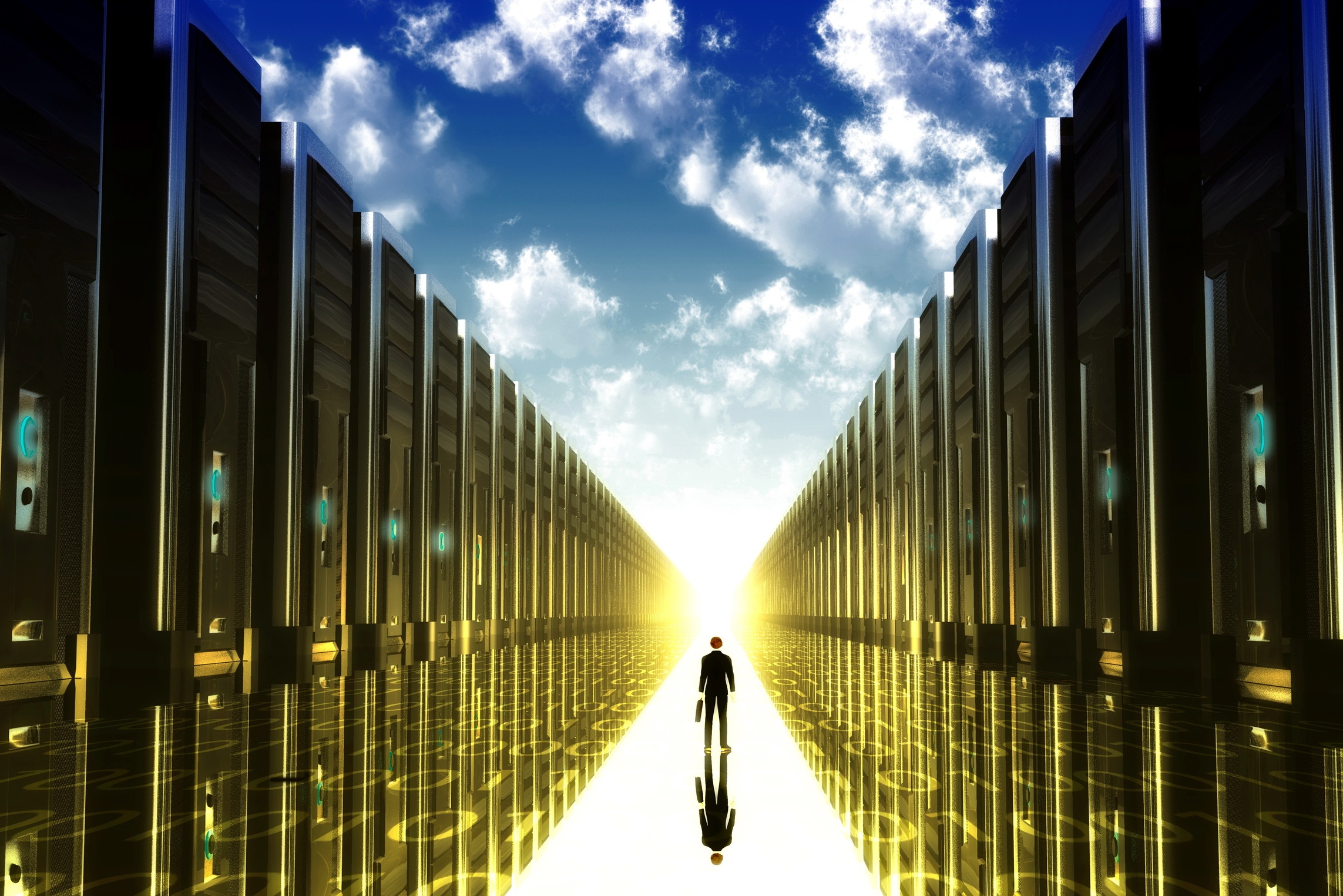

IT infrastructure comprises all the technology that underpins your company's software, processes and operations.
In short, it helps the organisation deliver IT services (and, increasingly, traditional processes like onboarding new staff) to employees.
As defined by ITIL v3, IT infrastructure is a combination of hardware, software, networks, facilities, and more. These are used to develop, test, deliver, monitor, control or support IT services.
Here is an explanation of the different components that will likely make up your IT infrastructure.
Servers
A server is a computer that has the hardware and software capabilities to enable multiple users to access and use its resources. The most common type is a file server that provides users with a central store of files. A directory server provides a central database of user accounts that are used to access server resources.
There are also web servers (using HyperText Transfer Protocol to deliver files to users via a web browser), database servers, application servers and print servers.
Get the ITPro daily newsletter
Sign up today and you will receive a free copy of our Future Focus 2025 report - the leading guidance on AI, cybersecurity and other IT challenges as per 700+ senior executives
Even if you've moved a lot of your infrastructure to the cloud, you'll likely still have some servers lurking on-premise.
Data centres
The data centre is the central part of an organisation's network. It usually contains all your organisation's servers and contains most of its IT infrastructure. A data centre doesn't need to be owned by the organisation that uses it, or to be located on its premises. In fact, many businesses take advantage of colocation to reduce costs, or get rid of their data centres in favour of hosting their infrastructure in the cloud.
Networking equipment
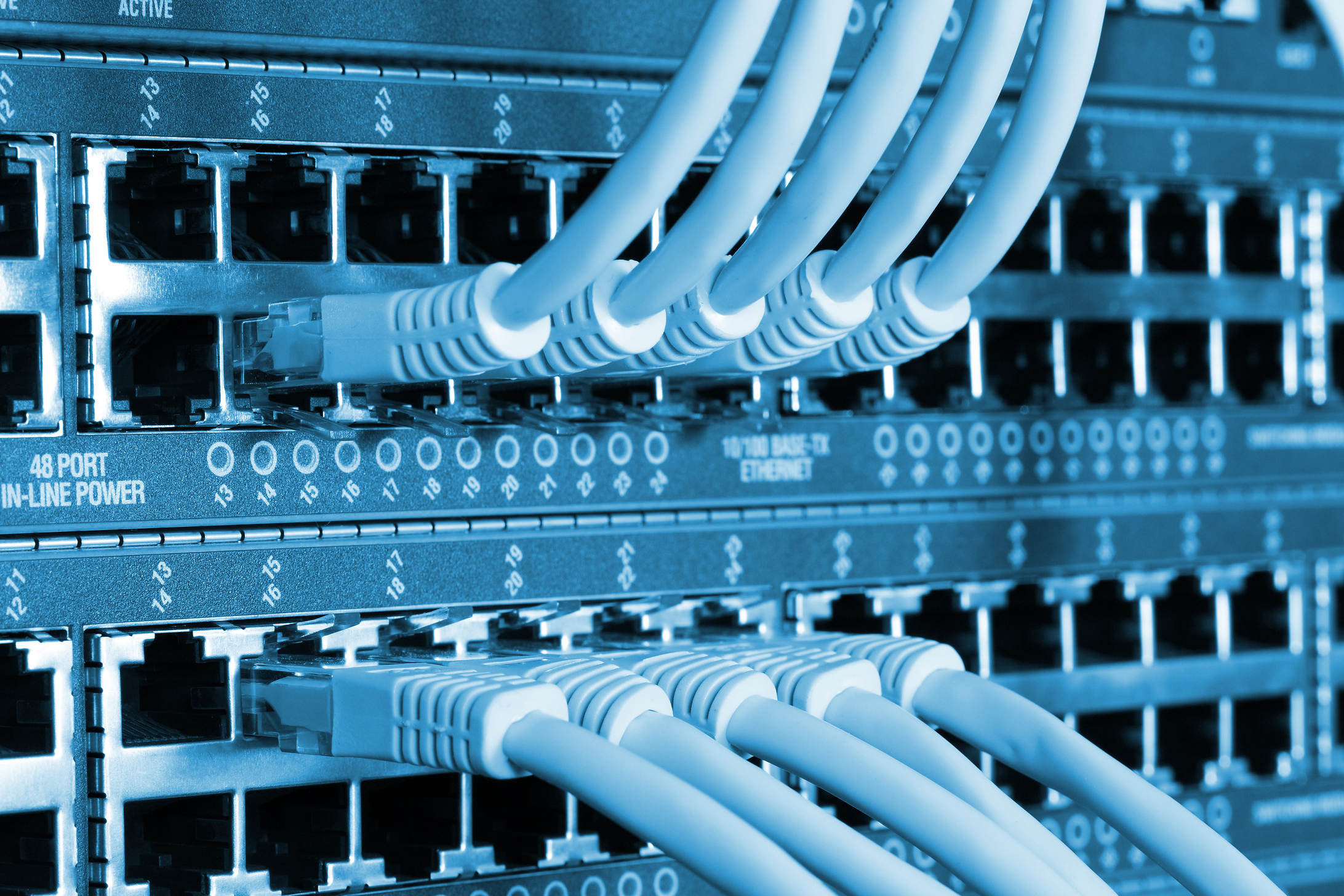
Networking equipment is used to connect servers and user devices (such as computers, laptops, tablets and smartphones) to each other and the outside world via the internet.
A switch delivers connectivity between network devices on a Local Area Network (LAN). It has ports that physically connect to other devices. Routers are devices that route packets between networks. The default gateway configured for your IP address is the IP address of your router.
In addition to this is all the network cabling within an organisation's building and data centre. The main types of cabling are Ethernet twisted pair cabling or fibre optics.
Nowadays, most laptops, tablets and smartphones connect to a network wirelessly through an access point, which in turn is connected to a switch or router via a cabled connection.
Telecommunications equipment
This is the hardware used to transmit voice and data to and from an organisation. Expanding from plain old telephone systems, this equipment now covers PBX (private branch exchange) equipment for call centres, IP telephony, leased lines, as well as telephone lines, telephones and mobile phones.
Facilities and power
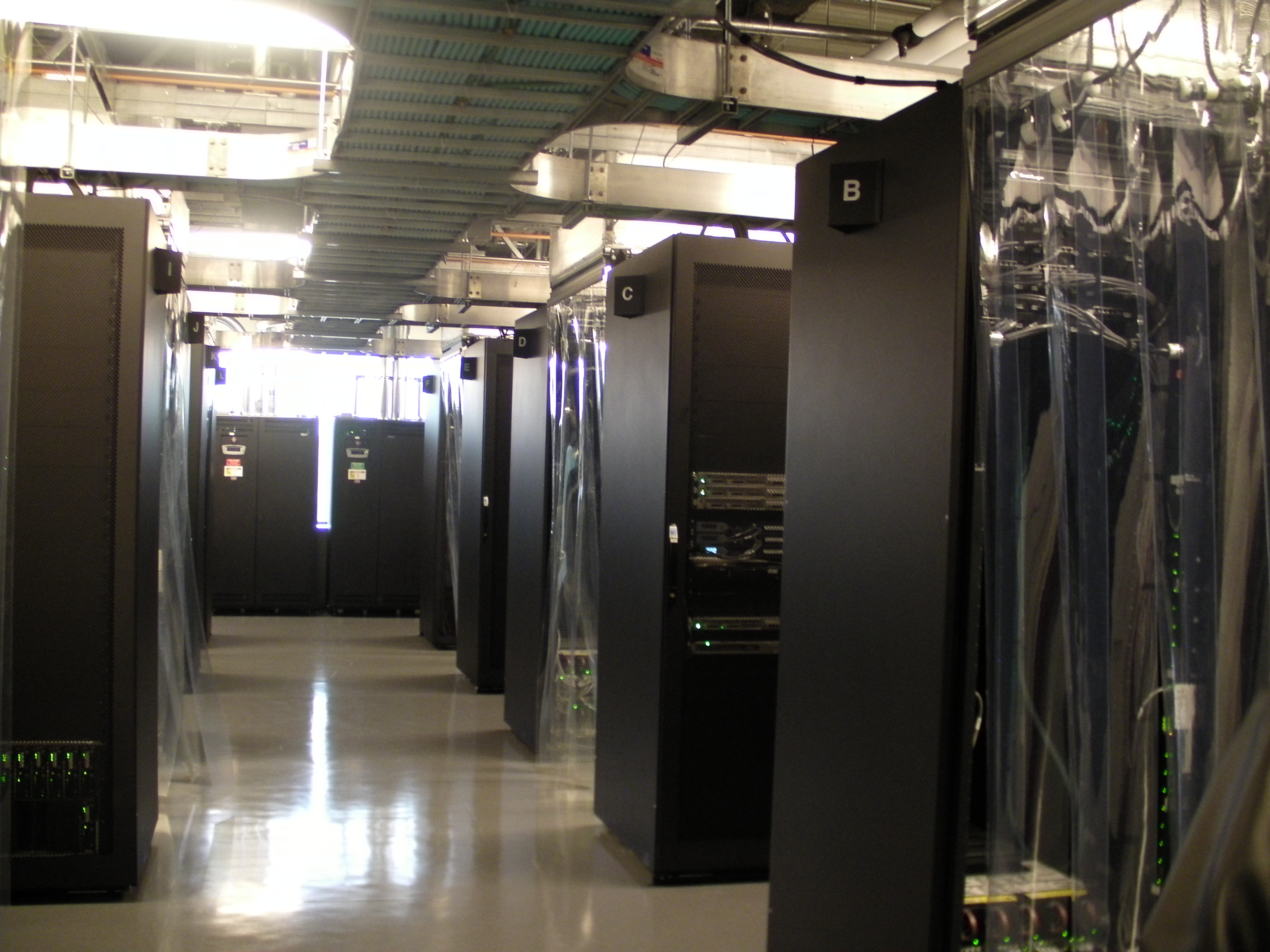
Facilities are used to house IT infrastructure, such as the building that contains an organisation's data centre equipment. In addition, data centres will also need electricity to power the servers, storage, and networking equipment, as well as cooling to ensure all this equipment doesn't overheat.
In addition to a mains supply, backup power is also required in case there's a power outage. These are usually diesel generators that can be started up quickly to ensure continuous running. There can also be uninterruptable power supplies, which are huge batteries that allow servers to continue running for a short time while other means of power are switched on.
Rene Millman is a freelance writer and broadcaster who covers cybersecurity, AI, IoT, and the cloud. He also works as a contributing analyst at GigaOm and has previously worked as an analyst for Gartner covering the infrastructure market. He has made numerous television appearances to give his views and expertise on technology trends and companies that affect and shape our lives. You can follow Rene Millman on Twitter.
-
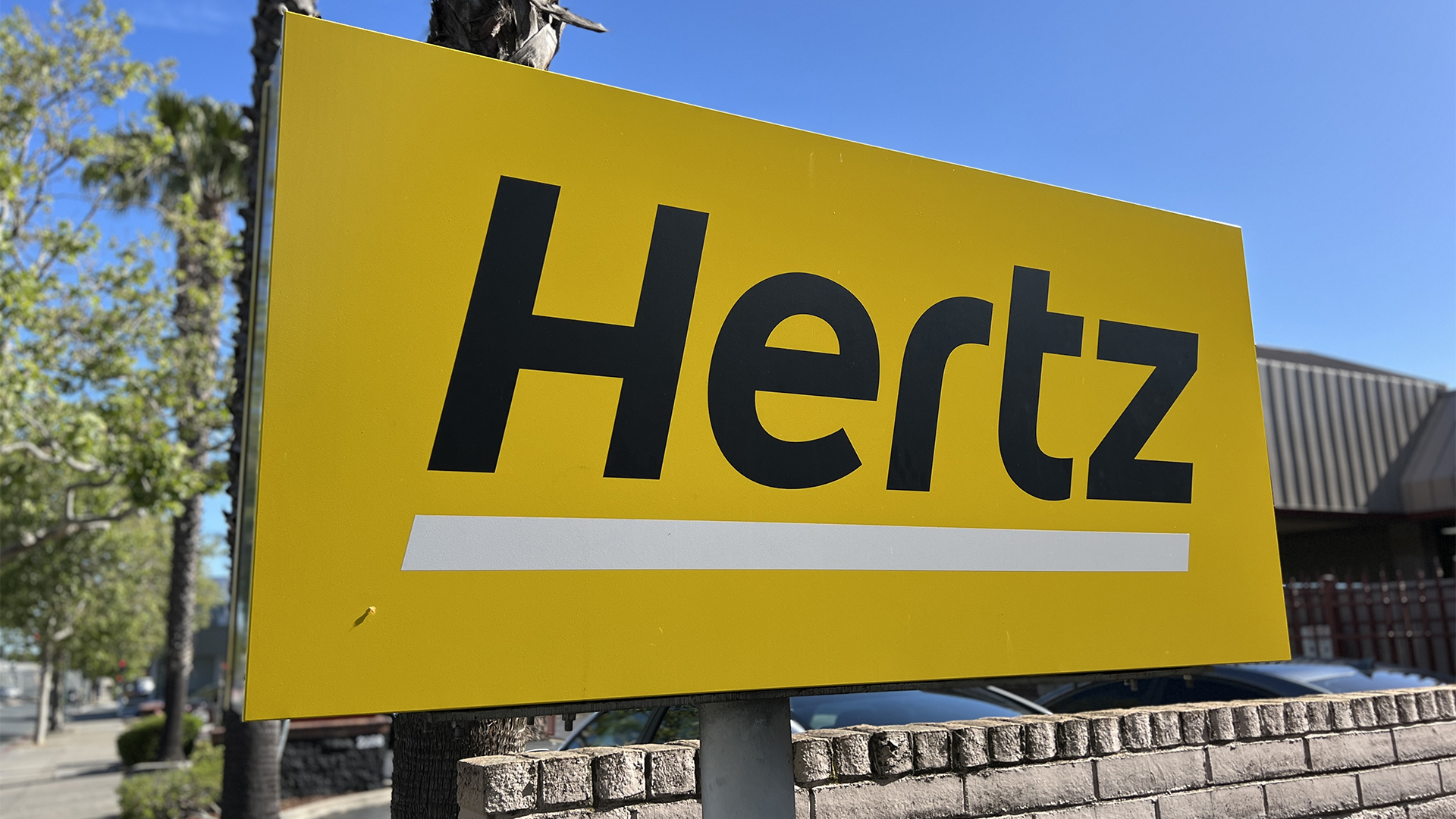 Cleo attack victim list grows as Hertz confirms customer data stolen
Cleo attack victim list grows as Hertz confirms customer data stolenNews Hertz has confirmed it suffered a data breach as a result of the Cleo zero-day vulnerability in late 2024, with the car rental giant warning that customer data was stolen.
By Ross Kelly
-
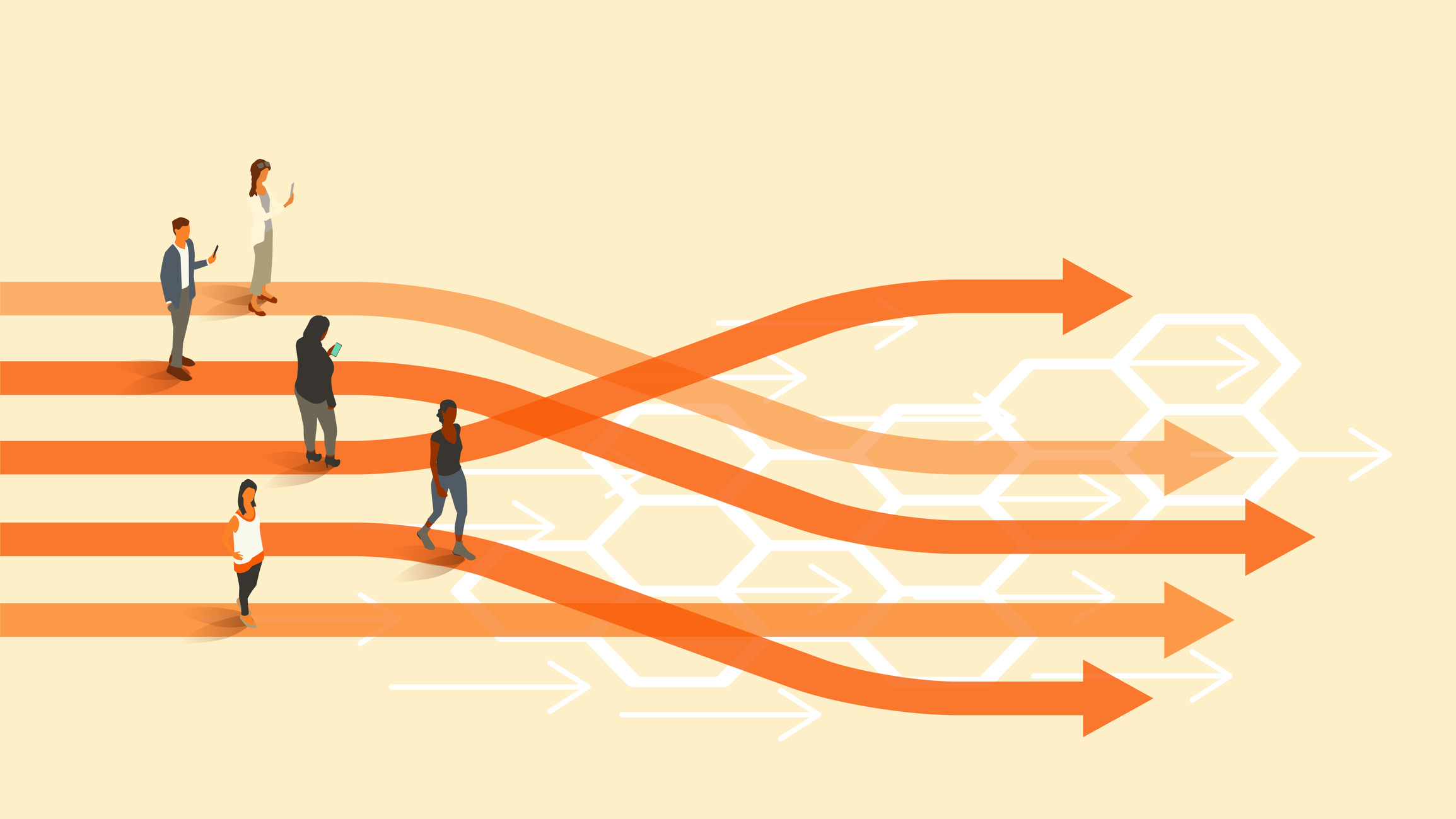 Lateral moves in tech: Why leaders should support employee mobility
Lateral moves in tech: Why leaders should support employee mobilityIn-depth Encouraging staff to switch roles can have long-term benefits for skills in the tech sector
By Keri Allan
-
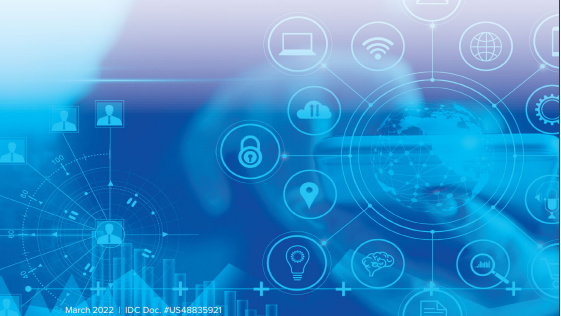 IDC: The business value of IBM Maximo
IDC: The business value of IBM MaximoWhitepaper Integral to the transformation of asset management
By ITPro
-
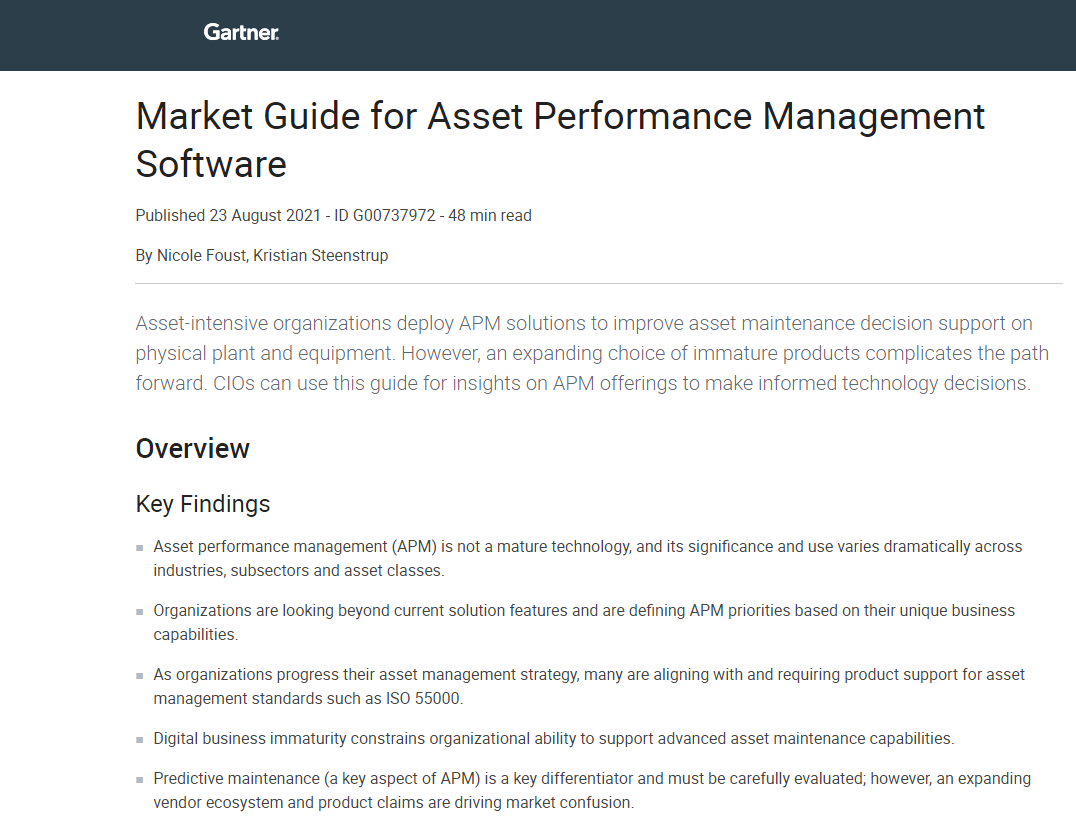 How to choose APM software for your business
How to choose APM software for your businessWhitepaper A market guide to Asset Management Performance software
By ITPro
-
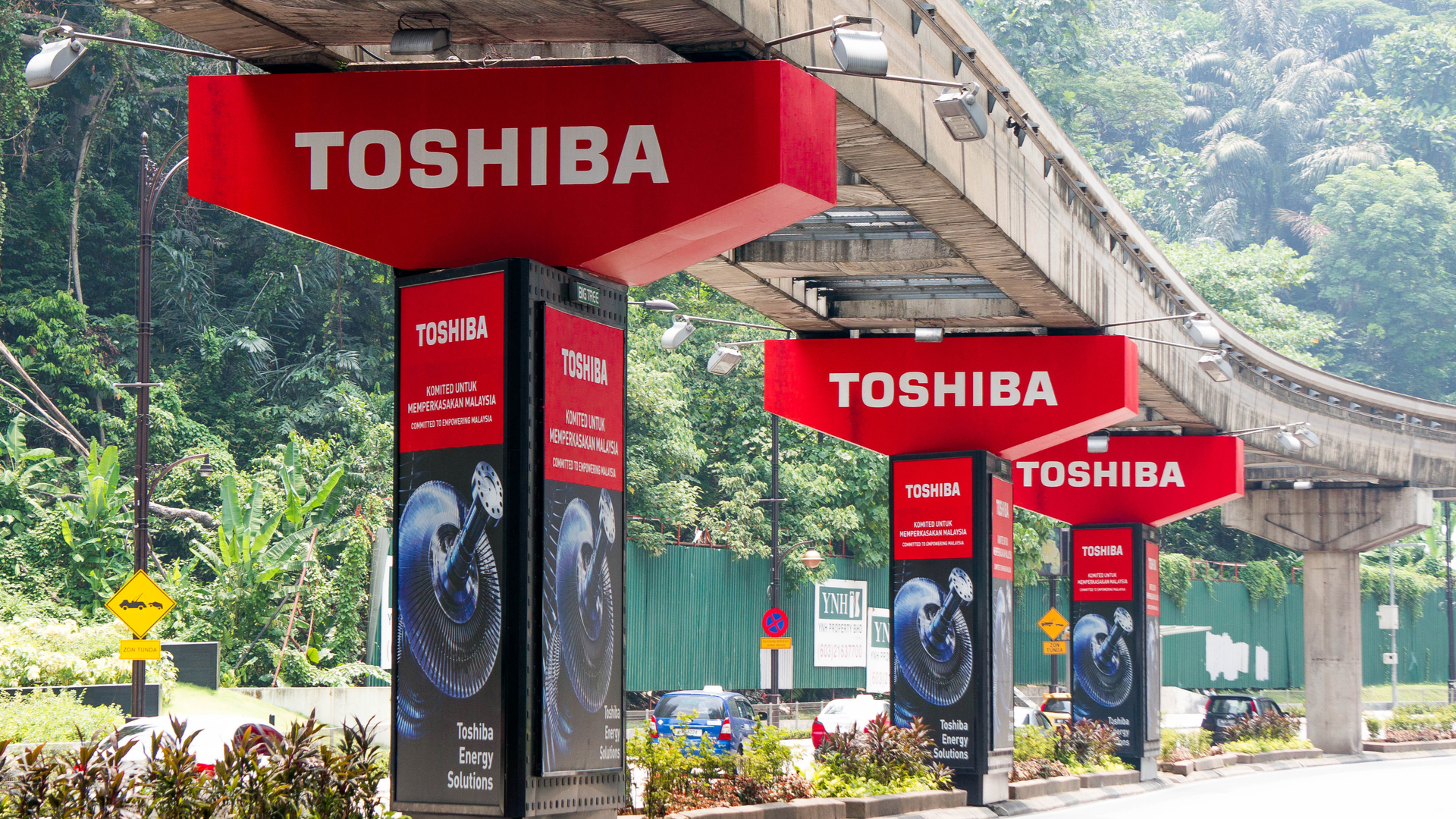 Scandal-hit Toshiba to split into three companies
Scandal-hit Toshiba to split into three companiesNews The troubled Japanese giant aims to create more value for investors with "attractive" business separation
By Bobby Hellard
-
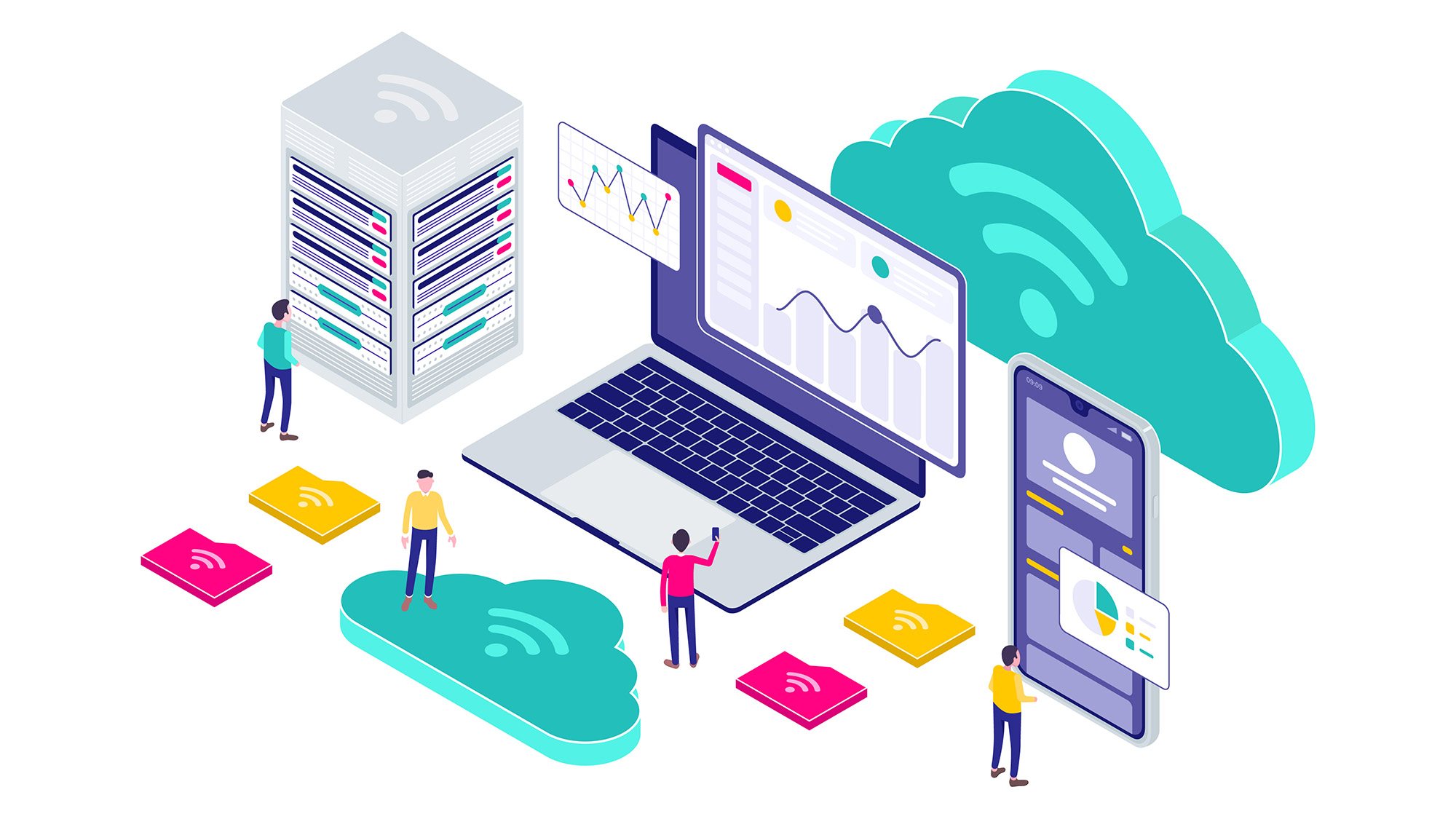 Tektronix updates its asset management software
Tektronix updates its asset management softwareNews CalWeb gains four new capabilities surrounding test and measurement equipment calibration
By Praharsha Anand
-
 Oracle Utilities partners with Veracity and Triniti to streamline utilities’ digital transformation
Oracle Utilities partners with Veracity and Triniti to streamline utilities’ digital transformationNews The trio will join forces to enhance utilities’ critical infrastructure and processes
By Praharsha Anand
-
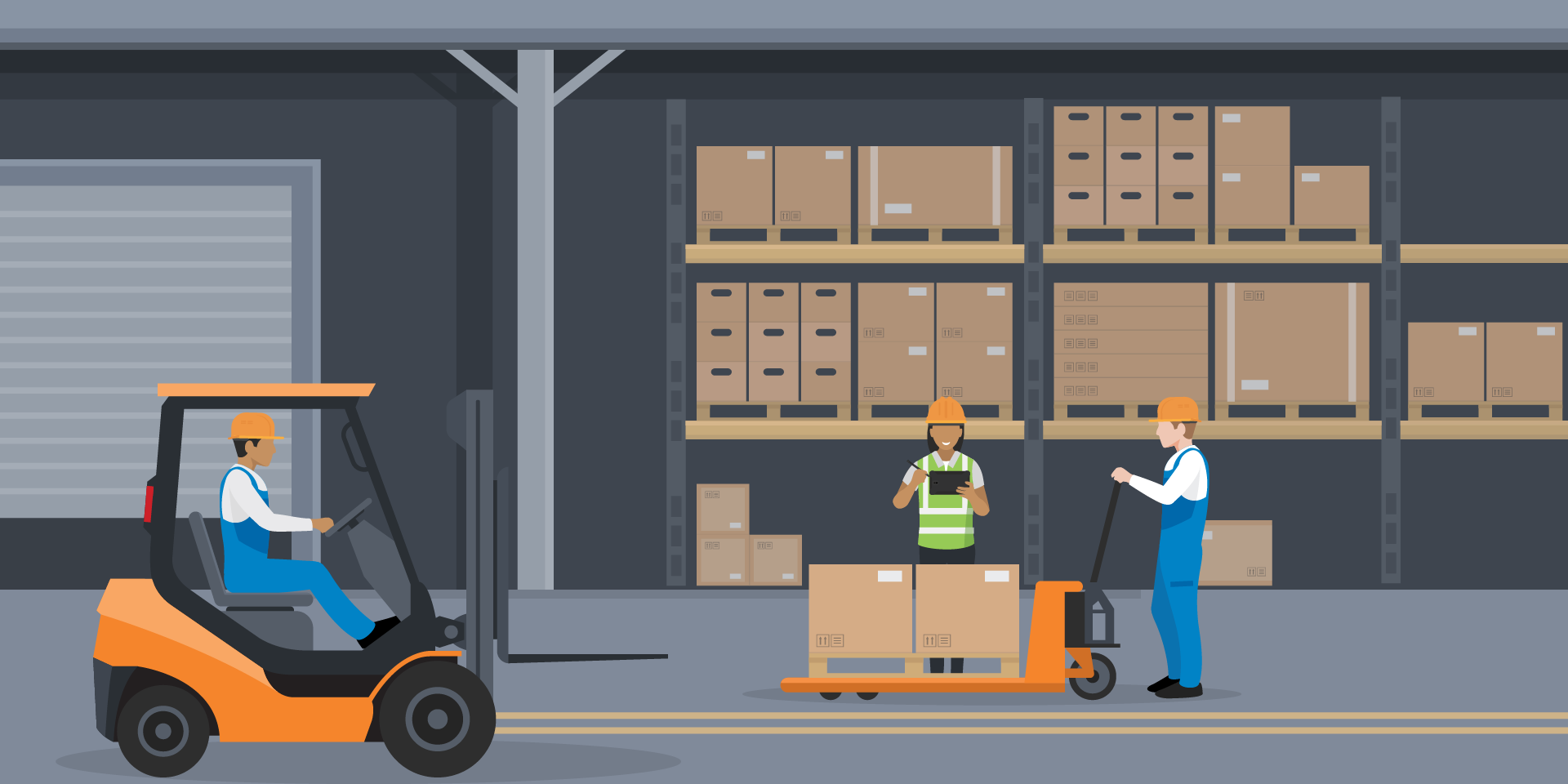 The definitive guide to warehouse efficiency
The definitive guide to warehouse efficiencyWhitepaper Get your free guide to creating efficiencies in the warehouse
By ITPro
-
 Atera raises $77 million for its all-in-one SaaS
Atera raises $77 million for its all-in-one SaaSNews RMM by Atera helps MSPs monitor and manage remote IT networks with ease
By Praharsha Anand
-
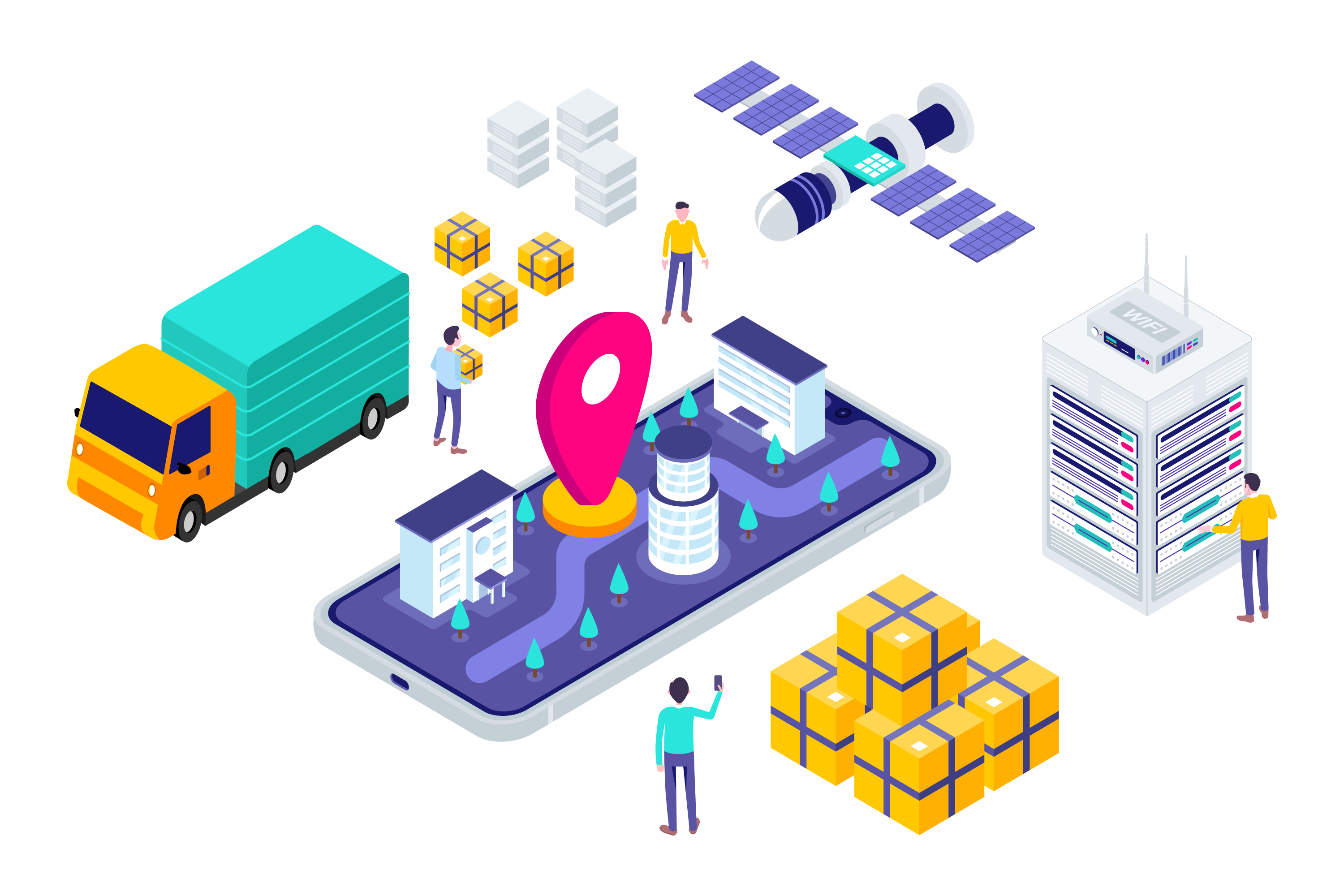 Rockwell and Kezzler join forces to enhance supply chain visibility
Rockwell and Kezzler join forces to enhance supply chain visibilityNews New track-and-trace platform helps manufacturers monitor their products' lifecycles
By Praharsha Anand